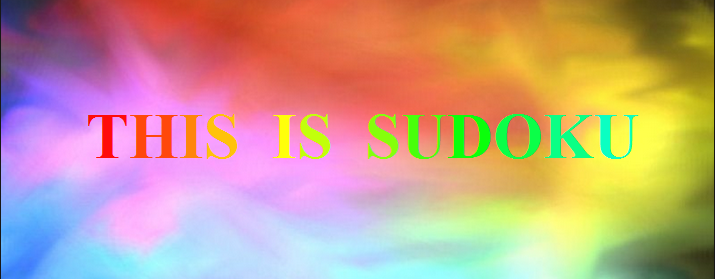Sudoku is a 9x9 grid filled with numbers. Imagine a Sudoku as a Crossword equivalent. Crossword uses letters. Sudoku uses numbers. Here is an example of a Sudoku puzzle:
.png) |
| Source: Wikipedia Sudoku. Digits changed. |
How to solve Sudoku?
Sudoku is solved by filling in each blank cell with a number. Initial numbers are given as clues to get you started.
What are the rules?
There is only one rule. Each column, each row, and each block must contain the numbers 1 to 9.
Let the Sudoku begin!
With this short introduction, you are ready to begin Sudoku solving. To solve Sudoku effectively, you must have some basic knowledge. The coloured terms are some of the commonly used Sudoku terms you should get familiarized with.



.png)
.png)
.png)
.png)
.png)
.png)
.png)
.png)